Find Your Winter Rhythm: Snowshoeing Trails for Beginners and Experts
Today’s chosen theme: Snowshoeing Trails for Beginners and Experts. From gentle forest loops to wind-swept ridgelines, we’ll guide you toward trails that match your confidence and curiosity. Join our community, share your favorite routes, and subscribe for fresh winter inspiration.
Green Circle Beginnings
Start with short, well-marked loops through sheltered woods, where packed snow and gentle grades build confidence. These beginner snowshoeing trails let you learn your stride, test your layers, and discover winter’s quiet without exhausting climbs or intimidating exposure.
Blue Square Progression
When you’re ready to level up, choose rolling routes with moderate elevation, occasional steeper pitches, and deeper snow. Here you’ll practice pacing, transitions, and route decisions while still staying within comfortable margins. Ask questions in the comments and trade trail ideas.
Black Diamond Challenges
Expert routes invite long climbs, wind, and route-finding where mistakes cost energy. Expect variable crusts, cornices, and sidehills that demand precise footwork. Respect the conditions, study maps, and share your hard-earned tips below to help others prepare intelligently.
Essential Gear for Varied Snowshoeing Trails
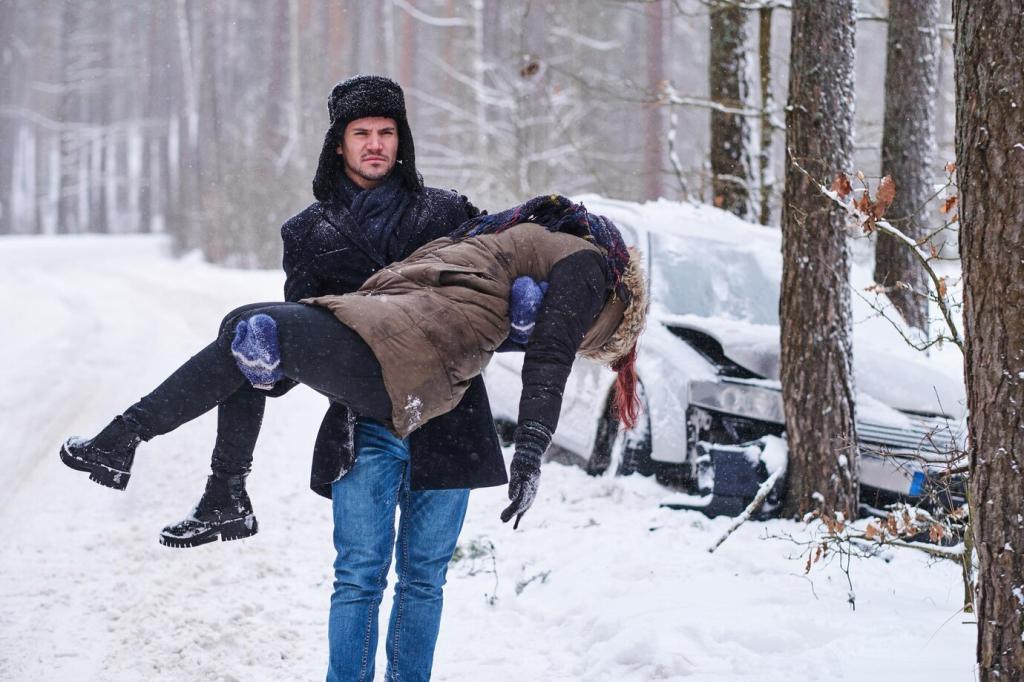
Choose wider decks for fluffy beginner meadows and aggressive crampons for steep, expert traverses. Secure bindings prevent hot spots on long days. If you’ve found a model that excels on mixed terrain, tell us why and help newcomers avoid painful learning curves.
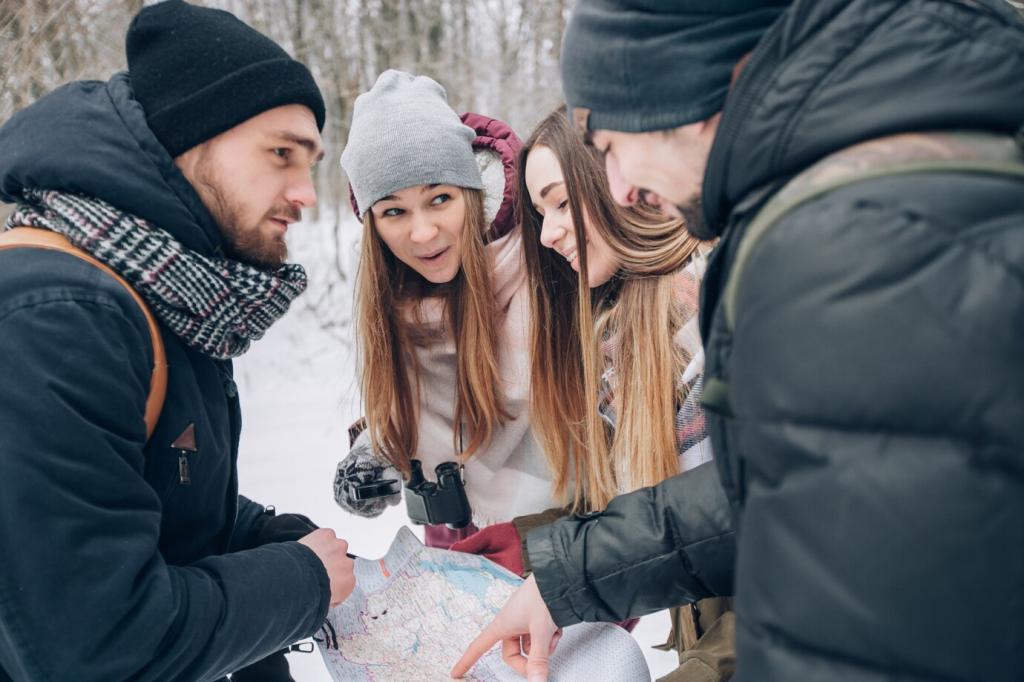
Finding Flotation and Rhythm
Shorten your stride in deep powder, keep weight centered, and lift the tail minimally to reduce drag. On packed beginner trails, lengthen your step slightly for flow. Practice on gentle slopes first, then report back on what cadence helps you stay efficient and smiling.
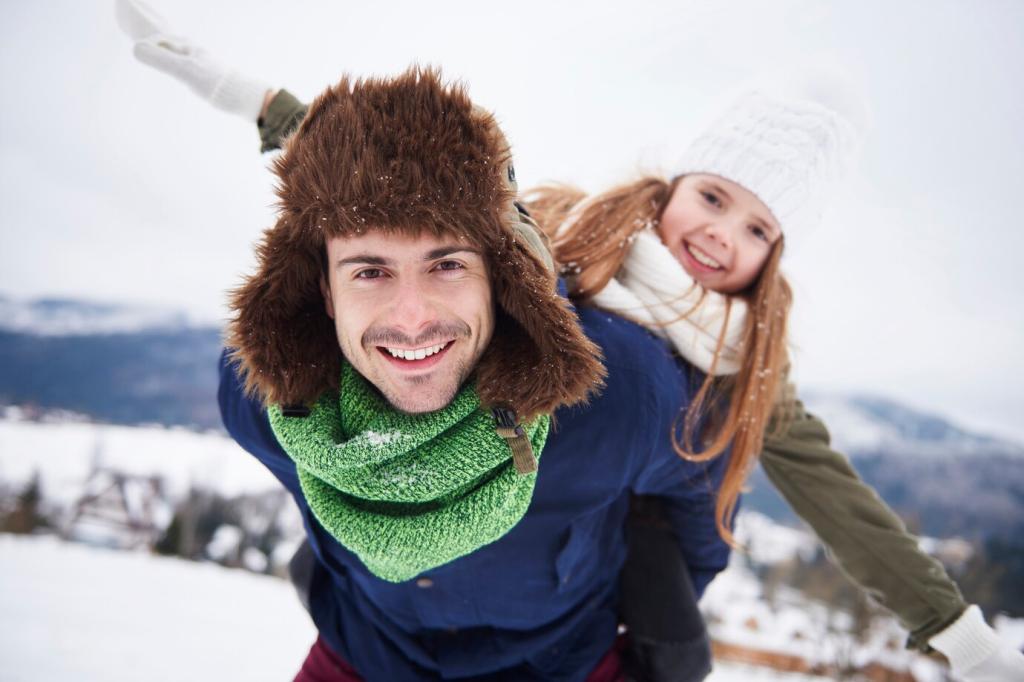
Climbing and Descending with Confidence
Use heel lifts on sustained climbs, plant poles slightly ahead, and drive knees upward. For descents, soften knees, keep hips stacked, and test each platform. Try boot glissades only where safe. Have a memorable first descent story? Share it to encourage cautious confidence.

Sidehilling and Traverses
Kick firm edges into the slope, keep uphill shoulder slightly forward, and trust pole plants. Experts refine micro-adjustments in crust or windboard, while beginners should practice on short, forgiving traverses. Describe your toughest sidehill and the small fix that finally clicked.
Safety, Navigation, and Winter Realities
Avalanche Awareness for Advanced Routes
Expert snowshoeing trails can cross avalanche terrain. Take a recognized course, carry beacon, shovel, and probe, and travel with partners who practice. Read forecasts, identify safe islands, and avoid wind-loaded slopes. Share classes, mentors, or resources that changed your risk decisions.
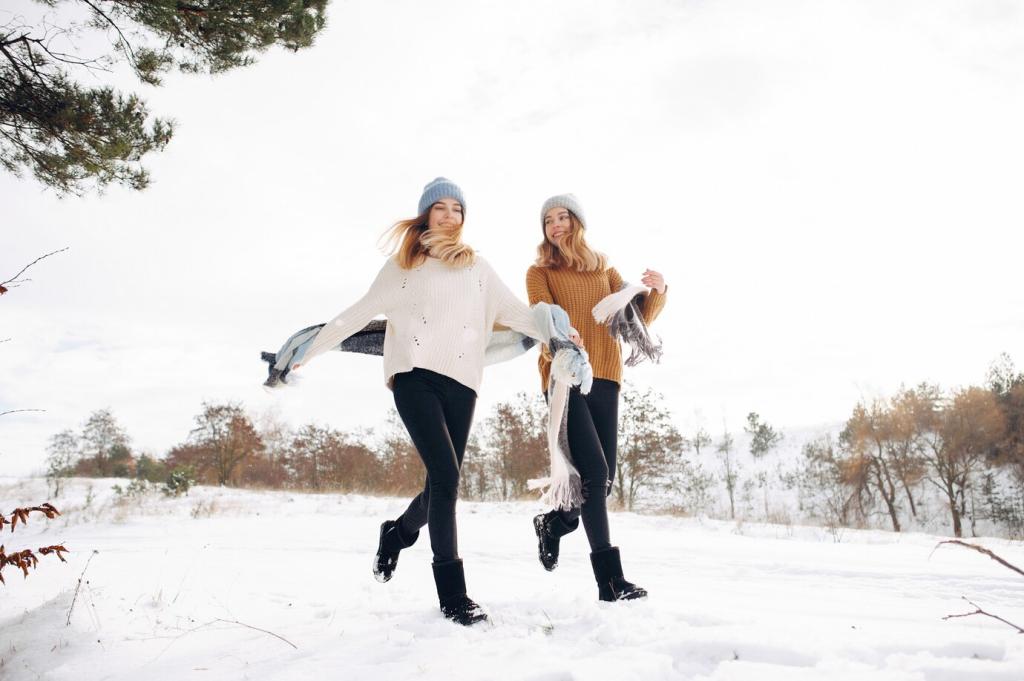

Weather Windows and Daylight
Short days and fast-changing storms reshape plans. Beginners should set conservative turn-around times. Experts track pressure changes and wind direction. Always pack a headlamp. Have you ever pivoted plans mid-hike to chase sunbreaks? Tell us how flexibility preserved joy and safety.
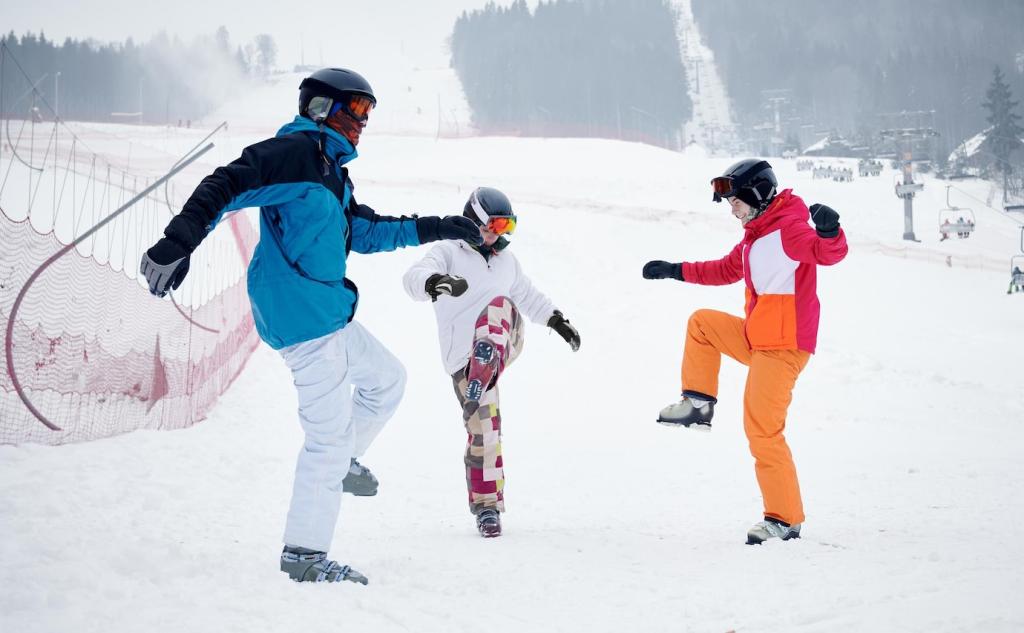
Tracks, scat, and wing prints tell stories. Observe quietly and give animals generous space, especially in deep winter when energy is precious. Beginners and experts alike can carry lenses instead of chasing closer looks. Post your best respectful wildlife encounter to inspire gentle curiosity.
Wildlife, Leave No Trace, and Trail Etiquette
Avoid stepping on groomed ski tracks, yield appropriately, and announce when passing. Keep groups tight at viewpoints. Simple courtesy preserves harmony across snowshoeing trails. What local etiquette norms surprised you? Share them so visitors blend in gracefully and keep the peace.
Wildlife, Leave No Trace, and Trail Etiquette
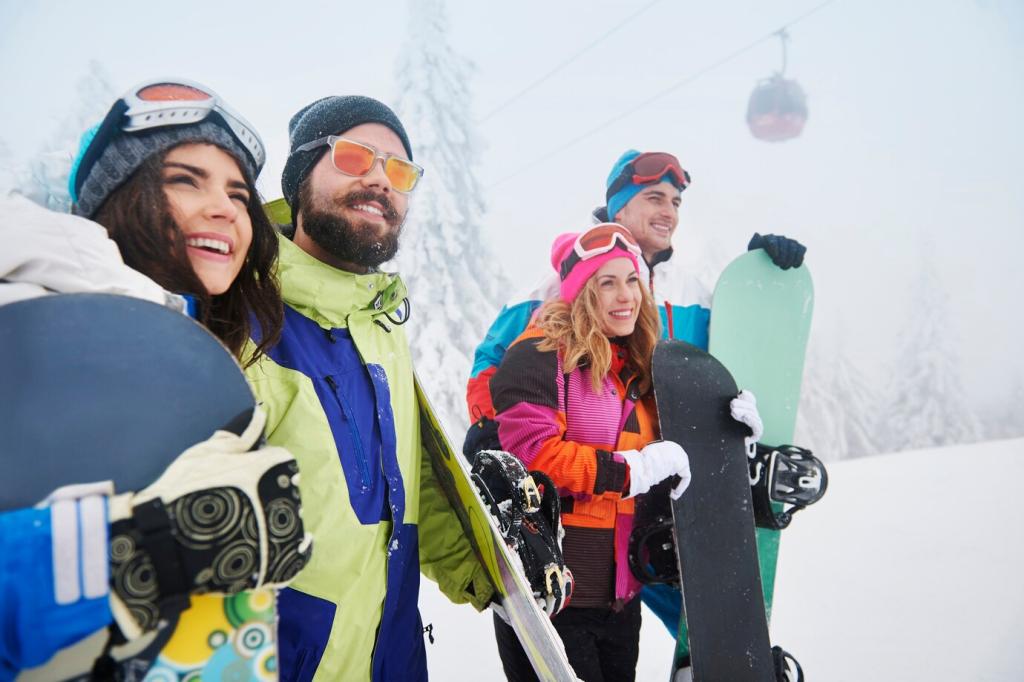
Plan Your Season and Join the Conversation
List three beginner loops, three intermediate climbs, and two expert goals. Schedule rest weeks and learning days. Revisit routes in different conditions to feel growth. Share your ladder in the comments—others can suggest alternatives, carpool options, or shoulder-season training hikes.
